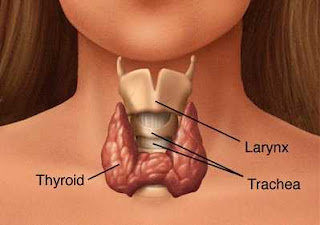Ineffective Airway Clearance and Knowledge Deficit - NCP for Hyperthyroidism

Nursing Care Plan for Hyperthyroidism : Ineffective Airway Clearance and Knowledge Deficit Hyperthyroidism is a condition in which the thyroid gland makes too much thyroid hormone. The condition is often referred to as an "overactive thyroid." Symptoms Difficulty concentrating, Fatigue, Frequent bowel movements, Goiter (visibly enlarged thyroid gland) or thyroid nodules, Heat intolerance, Increased appetite, Increased sweating, Irregular menstrual periods in women, Nervousness, Restlessness, Weight loss (rarely, weight gain) Other symptoms that can occur with this disease: Breast development in men, Clammy skin, Diarrhea, Hair loss, Hand tremor, High blood pressure, Itching - overall, Lack of menstrual periods in women, Nausea and vomiting, Pounding, rapid, or irregular pulse, Protruding eyes (exophthalmos), Rapid, forceful, or irregular heartbeat (palpitations), Skin blushing or flushing, Sleeping difficulty, Weakness Nursing Diagnosis : Ineffective Airway Clearance related ...